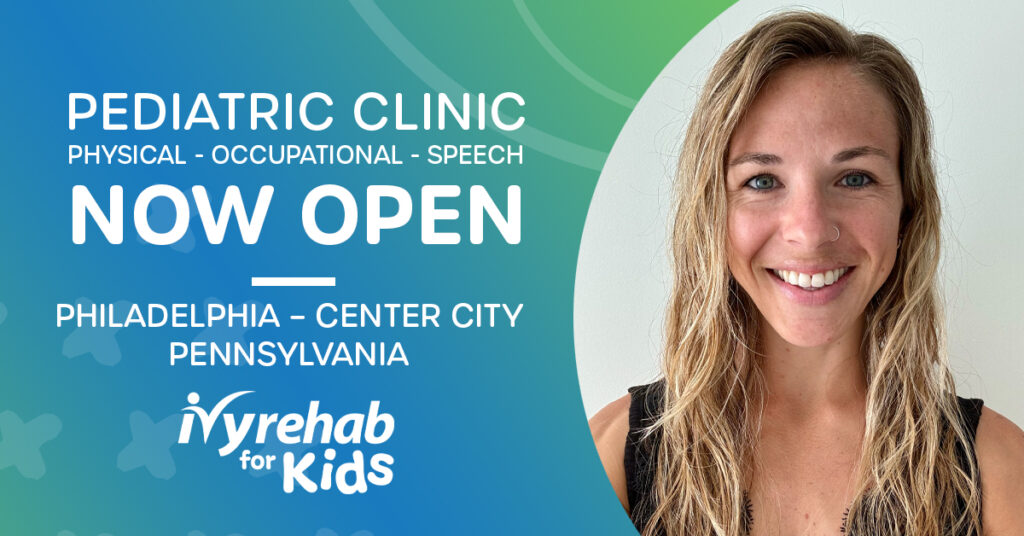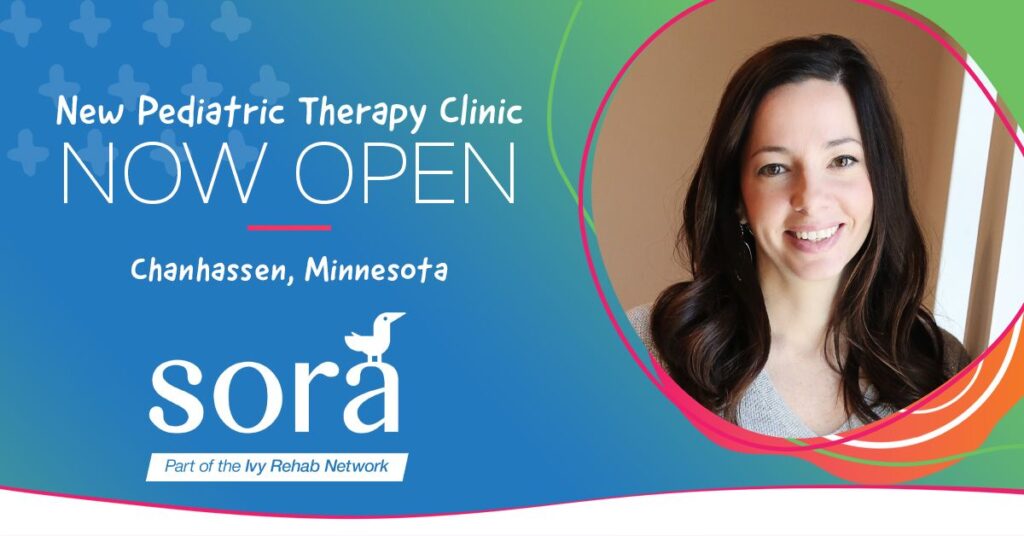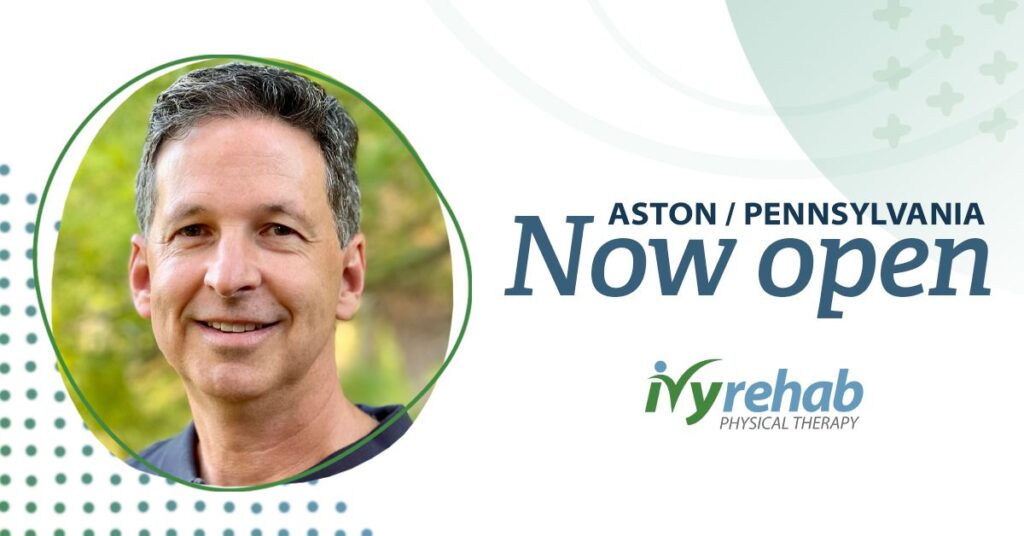This content was updated for accuracy and relevance on July 24, 2023
As Parkinson’s Disease progresses, patients start to lose their ability to walk, talk and complete activities of daily living. The Lee Silverman Voice Technique (LSVT) is a proven therapy that helps patients with Parkinson’s Disease, a neurological disorder that affects nerve cells in the brain responsible for body movement. Patients learn to do things big and loud by exaggerating movements or talking a little louder.
Parkinson’s Disease Awareness
Physical and occupational therapy can help and includes specialized programs such as LSVT LOUD and LSVT BIG, which help patients manage symptoms and improve their quality of life. PT includes general conditioning exercises, functional training, and gait and balance training. A physical or occupational therapist also can offer strategies to safely transfer to and from the bed, in and out of the shower and other daily activities.
LSVT therapy is an effective, evidence-based approach to treating Parkinson’s disease. LSVT treatment programs have been scientifically and clinically proven to improve the balance, walking, and general movement and speech patterns of the Parkinson’s patient. Through targeted and repetitive exercises, the therapy takes advantage of the brain’s ability to adapt and form new neural connections. This neuroplasticity enables people to create new motor-skill and language memories and apply them in real-world situations.
Four Common Symptoms of Parkinson’s Disease
Parkinson’s disease can manifest differently among individuals. However, some of the most common symptoms patients experience include:
- Tremors
- Limb and trunk stiffness
- Bradykinesia, or the slowing of normal movement
- And weak balance or coordination
PD symptoms progressively get worse over time and Parkinson’s patients can have difficulty with daily tasks such as getting out of a chair, getting dressed, even walking, talking and swallowing.
LSVT Big Therapy vs. LSVT Loud Therapy
LSVT therapy has two distinct treatment types, namely LSVT Big and Loud. LSVT big treatment is a form of physical therapy that addresses a patient’s motor function. Meanwhile, LSVT loud therapy is a form of speech therapy that helps Parkinson’s disease patients speak louder by stimulating their voice box muscles.
LSVT LOUD leads to functional improvements by addressing the internal aspects of symptoms, particularly impaired voice and swallowing function. Certified LSVT speech therapy practitioners help people “recalibrate” their perceptions to know how loud or soft they sound to other people and maintain improved speech patterns and volume. An LSVT program trains vocal loudness in order to “enhance voice source,” use vocal loudness for improved articulation, vocal quality, intonation, etc.
“LSVT LOUD trains people with PD to use their voice at a more normal loudness level while speaking at home, work, or in the community,” according to the LSVT website.
With LSVT BIG, patients learn how to use their bodies more normally through exercises that involve large and exaggerated movement patterns. Larger movements help patients move better, with more confidence and safety, whether that involves small motor tasks such as buttoning a shirt or maintaining balance while walking.
What Happens After LSVT Treatment?
Studies show that for LSVT LOUD speech therapy, the sooner the treatment is completed, the more benefits the patient gets from it. Vocal loudness after completion can last 2 or more years with continuous daily practice after one month of initial treatment.
LSVT BIG treatment spans at least a month or more and includes daily practice and exercises. After your initial treatment, you’ll continue your exercises at home at least once daily for 10 to 15 minutes. However, LSVT treatment is a continuing life journey for people with Parkinson’s Disease. Recommended additional exercises and treatment include:
- Periodic “Tune-Up” Sessions – Tune-up sessions are recommended so your physical therapist can provide you with a reassessment and offer motivation and feedback on your progress. This is done to maintain the benefits of initial therapy.
- Join Exercise Groups – Patients are encouraged to join and be active in community-based exercise groups of people who have completed LSVT.
- Homework videos – Allows patients to practice their home exercises daily.
LSVT in the Ivy Rehab Network
There are over 4,000 certified LSVT BIG and LSVT LOUD clinicians around the world, and many Ivy Rehab clinics offer this specialized therapy.
Find a clinic near you here. Therapy ranges from one-on-one sessions to group LSVT BIG program exercise classes, aquatic therapy, rehabilitation physical therapy, and support group. Contact a clinic today and learn how to manage your Parkinson’s disease symptoms and slow the condition’s progression. Moving matters, and so does a positive, proactive mindset!
Article by: Holly Lookabaugh-Deur, PT, DSc, GCS, CEEAA
Director of Clinical Services at Ivy Rehab Network
Practicing physical therapist, partner and Director of Clinical Services at Ivy Rehab Network with more than 40 years of experience in sports management with young athletes, and is board certified as a geriatric clinical specialist and certified exercise expert for aging adults. Deuer is certified as an aquatic and oncology rehabilitation specialist and serves as adjunct faculty at Central Michigan University and Grand Valley State University.
Sources:
- NIH. LSVT LOUD and LSVT BIG: Behavioral Treatment Programs for Speech and Body Movement in Parkinson Disease. https://www.ncbi.nlm.nih.gov/pmc/articles/PMC3316992/
- LSVT Global. LSVT BIG®: Physical Therapy for Parkinson’s Disease and Similar Conditions. https://www.lsvtglobal.com/LSVTBIG
- NIH. LSVT LOUD and LSVT BIG: Behavioral Treatment Programs for Speech and Body Movement in Parkinson Disease. https://www.ncbi.nlm.nih.gov/pmc/articles/PMC3316992/







